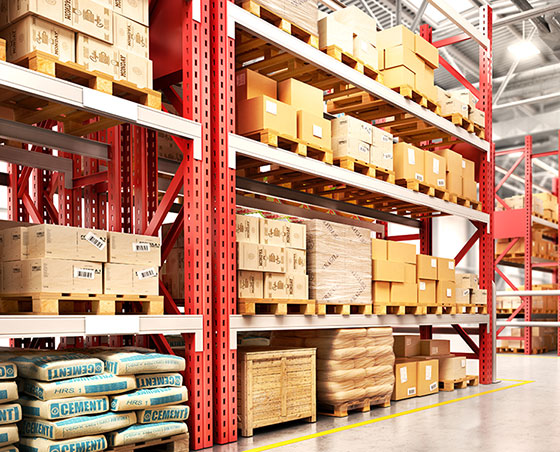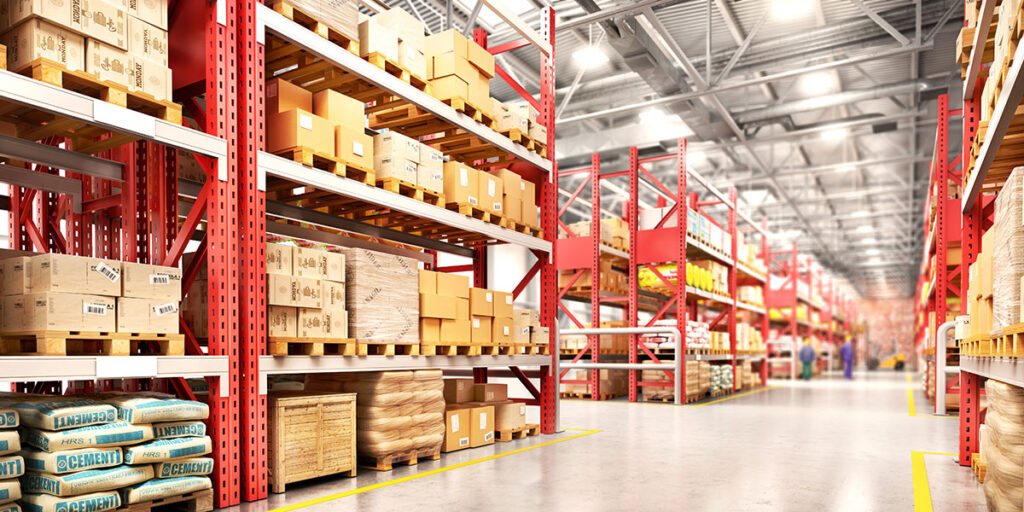Maximizing Efficiency: The Art of Slotting in a 3PL Warehouse

In the ever-evolving landscape of logistics, efficiency has become the lifeblood of successful third-party logistics (3PL) companies. With increasing customer demands for faster delivery and seamless order fulfillment, optimizing warehouse operations has become a top priority. One critical aspect that directly impacts overall efficiency is the process of “slotting” within a 3PL warehouse. This blog will explore the concept of slotting and how it can revolutionize warehouse management, enabling businesses to deliver exceptional service and stay ahead of the competition.

Understanding Slotting
In the context of a 3PL warehouse, “slotting” refers to the strategic arrangement of products within the facility. This method involves analyzing order patterns, product characteristics, and storage requirements to assign the most suitable storage location for each item. The ultimate goal is to reduce the time and effort required to pick, pack, and ship orders, while also optimizing space utilization.
Key Factors to Consider for Effective Slotting:
- Order Frequency and Velocity: Categorizing products based on their demand frequency and velocity is crucial. High-velocity items, those that are frequently ordered, should be placed in easily accessible locations closer to the shipping area. Conversely, low-velocity items can be placed in less accessible areas since they are picked less often.
- Product Size and Weight: Grouping items based on their physical characteristics can help optimize storage space and ensure the appropriate shelving or bin size is used. Heavy or bulky items may require specialized storage solutions to prevent damage and ensure safety.
- Seasonal and Promotional Items: Slotting must also consider the seasonal fluctuations and promotional activities. Items with high seasonal demand or promotional items should be temporarily placed in easily accessible areas to accommodate the increased order volume.
- Compatibility: Some products are frequently ordered together or require proximity for assembly. By slotting these compatible items close to each other, the picking process becomes more efficient, reducing travel time and errors.
- Slotting Algorithms and Software: Advanced slotting algorithms and warehouse management software can aid in automating the process. These tools consider numerous variables simultaneously and help identify the most optimal placement for each product.
Benefits of Efficient Slotting:
- Increased Picking Efficiency: By placing high-velocity items closer to the shipping area and using efficient slotting methods, order pickers can reduce the distance traveled and spend more time fulfilling orders.
- Reduced Labor Costs: Improved slotting reduces the time taken to fulfill each order, which leads to a more productive workforce and potentially lowers labor costs.
- Enhanced Customer Satisfaction: Efficient slotting ensures faster order processing, timely deliveries, and reduced errors, resulting in happier and more satisfied customers.
- Space Utilization: Strategic slotting helps maximize available space by utilizing it effectively. This reduces the need for additional storage space and can lead to significant cost savings.
In the dynamic world of 3PL logistics, mastering the art of slotting is essential for staying competitive and meeting customer expectations. By analyzing order patterns, product characteristics, and seasonal demands, 3PL warehouses can optimize their operations, reduce costs, and enhance customer satisfaction. Moreover, with advancements in technology and the availability of powerful warehouse management software, implementing efficient slotting strategies has become more accessible and accurate than ever before. Embracing the concept of slotting empowers 3PL companies to pave the way for a more efficient and successful future.
